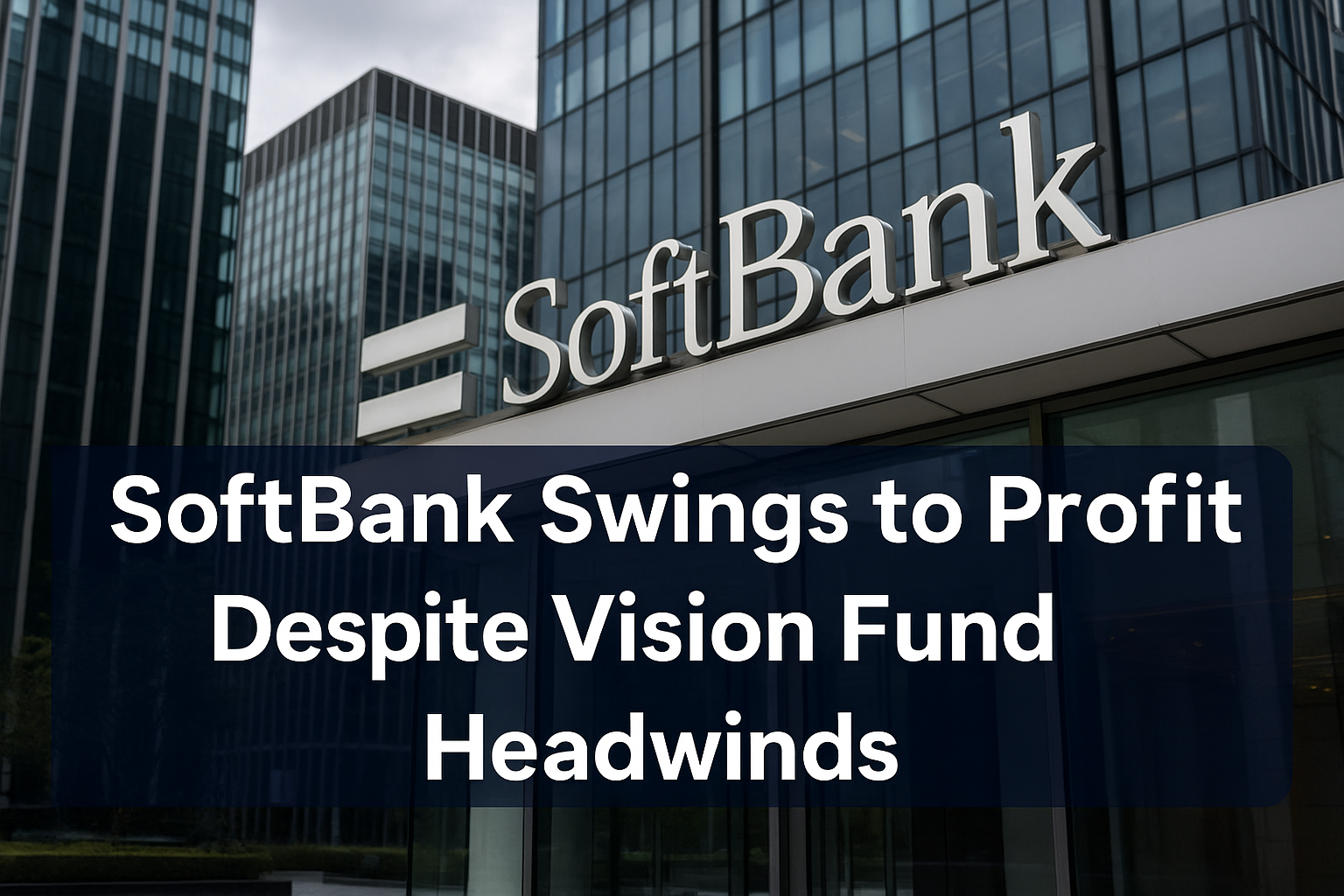SoftBank Group Corp. has reported its first annual profit since 2020, posting a net gain of 1.15 trillion Japanese yen (approximately $7.8 billion) for the fiscal year ending March 2025. However, the headline figures were tempered by a significant loss in its flagship Vision Fund investment arm, casting a shadow over the tech conglomerate’s stronger-than-expected overall performance.
The Vision Fund segment, which has long been a cornerstone of SoftBank’s investment strategy, recorded a loss of 115 billion yen. While the broader Vision Funds registered an annual investment gain of 434.9 billion yen, this was a 40% decline compared to the previous year. Most of the upside came from more mature holdings in Vision Fund I, which achieved a notable 1.02 trillion yen profit, largely driven by a rebound in public equity markets.
Among the top performers in Vision Fund I were Coupang, a South Korean-founded e-commerce company listed in the U.S., and ByteDance, the Chinese tech giant behind TikTok. ByteDance saw its revenue climb nearly 30% year-over-year, contributing significantly to the fund’s recovery.
In contrast, Vision Fund II continued to underperform, with a $3.6 billion loss attributed to markdowns in earlier-stage startups. Notable portfolio disappointments included India’s Ola Electric and Swiggy, both of which faced valuation reductions amid broader volatility in late-stage venture capital markets. This performance disparity underscores the risks inherent in earlier-stage investments, particularly in turbulent macroeconomic environments.
Adding to the challenges, exit opportunities for several portfolio companies remain limited. IPO delays by major holdings like Klarna and Oyo, driven by global economic uncertainty and shifting U.S. trade policy, have hindered liquidity for SoftBank’s investments.
Despite these setbacks, SoftBank is doubling down on its long-term growth strategy by aggressively expanding into artificial intelligence. The company has pledged up to $30 billion in follow-on investments to support AI development, including partnerships with OpenAI and infrastructure ventures across the AI ecosystem. Earlier this year, SoftBank participated in OpenAI’s record-breaking $40 billion funding round and committed to acquiring semiconductor firm Ampere for $6.5 billion.
One of SoftBank’s most ambitious AI projects is Stargate, a massive U.S.-based infrastructure initiative launched in collaboration with Oracle and OpenAI. With an initial budget of $100 billion and a goal to scale to $500 billion over four years, Stargate reflects SoftBank’s belief in AI as a cornerstone of the next technological revolution.
However, not all is smooth sailing. OpenAI recently announced that it would continue to be governed by its nonprofit board following a corporate restructuring. This development casts uncertainty on its future monetization model, potentially limiting returns for early investors like SoftBank.
In summary, while SoftBank has successfully returned to profitability, the firm remains in a delicate balancing act. Strong performances from mature assets and bold bets on AI offer hope for long-term growth. However, setbacks in Vision Fund II and emerging concerns over the commercial potential of AI investments could temper near-term expectations. Still, SoftBank’s continued push into frontier technologies underscores its commitment to shaping the future of global tech innovation.


